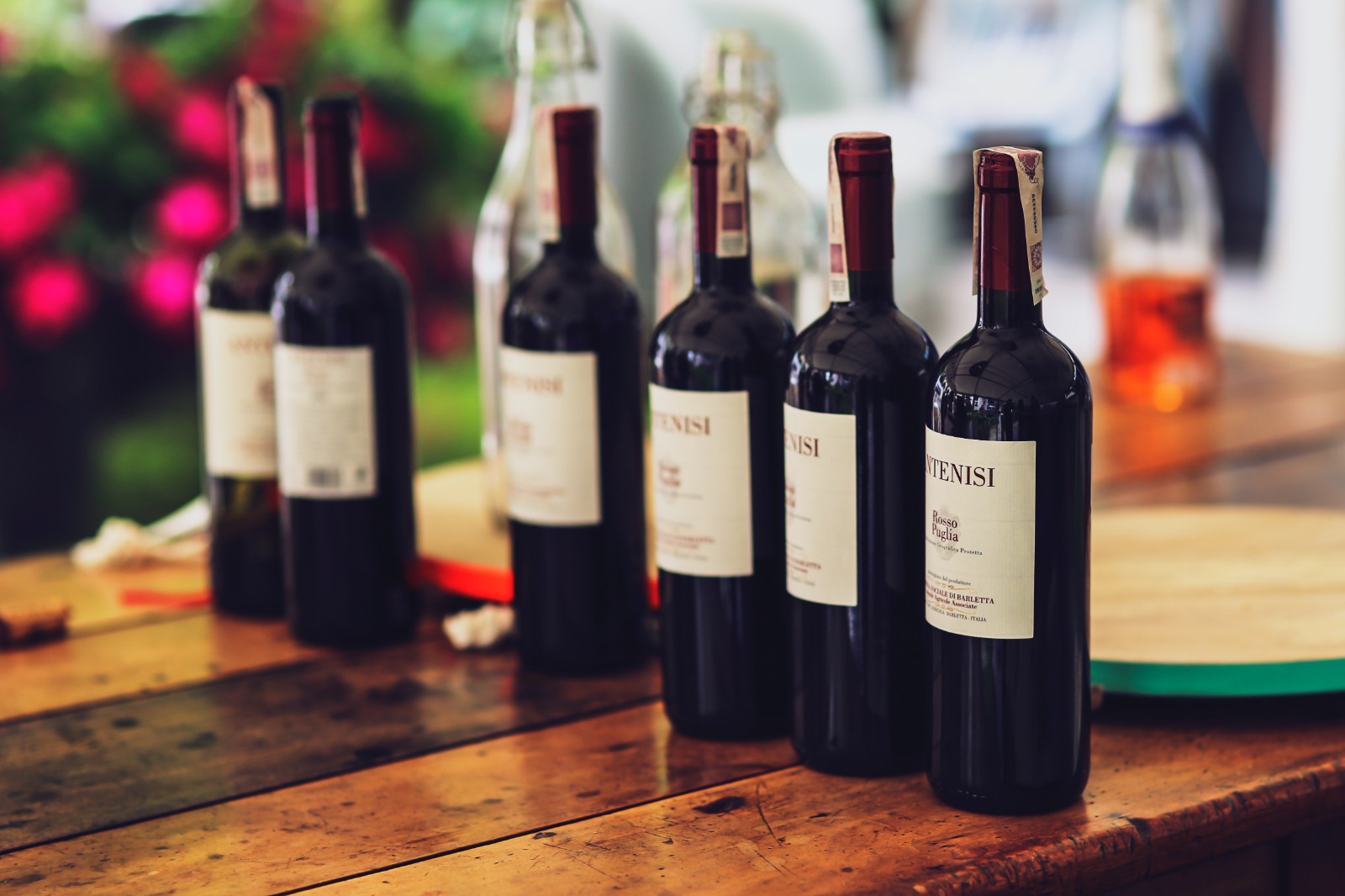


June 19, 2024, according to the France's Directorate General for Competition, Consumption and Anti-fraud (DGCCRF), the DGCCRF has prepared a guide to the implementation of the new rules on wine nutrition, which includes the following key points:
(1) Implementation date of the new rules: as of December 8, 2023, wines produced must include a list of ingredients and a nutritional declaration on the label;
(2) Labeling requirements: the list of ingredients and nutritional claims must be in the same field of vision as other mandatory information (e.g., alcohol content, volume, bottler's identity, etc.), in a font size of at least 1.2mm, and this information must be made available to the consumer prior to purchase, including on online sales sites and on multi-bottle packages (e.g., gift boxes);
(3) Ingredient list: must begin with "Ingredients" and list ingredients in descending order of weight, ingredients less than 2% by weight may be listed after other ingredients, and "grapes" may be used to refer to "fresh grapes" and "grapes". "Grapes" can be used to refer to "fresh grapes" and "grape juice", additives must be listed according to the functional category and specific name or E number, additives in the category of packaged gases can be replaced by "bottled in a protective atmosphere";
(4) Nutritional claims: presented in tabular form, or in linear form if there is insufficient space, they must include energy values (expressed in kilojoules and kilocalories) and nutrient content (fat, saturated fatty acids, carbohydrates, sugars, proteins and salts), with the values expressed in units of 100 ml, based on the manufacturer's analyses, on the average of the known or actual composition, or on recognized data;
(5) Digitization of information: ingredient lists and nutritional claims may be provided by means of QR codes or similar devices (e.g. NFC chips), if the information is digitized, allergens and energy values must be displayed on the physical label, the digitized information must be presented in a neutral environment, it must not encourage consumers to purchase the product, and no user data must be collected or tracked, except that non-personal statistics may be collected;
(6) Calculation of nutritional values: formulae and examples are provided for calculating the energy values of wines, with an average value of zero for fat, saturated fatty acids, protein and salt.
Need help or have a question?
Send mail